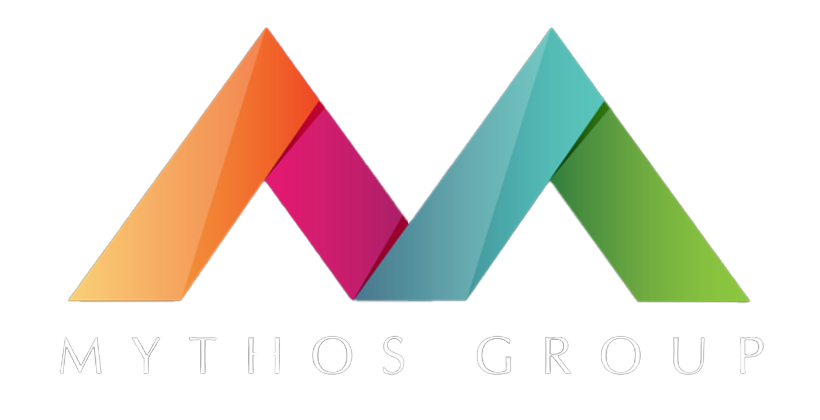According to recent statistics posted September 22, 2022 on Zippia, the gig economy has grown by 15 percent in the past decade. That’s 15 times the rate of overall job growth experienced during that time. In addition, at least 48 percent of companies currently hire freelancers and 90 percent of these organizations see gig work as critical to obtaining a competitive edge in the future.
Keep reading to find out how your organization can benefit from this growing class of workers.
Gig Work Increased During The Pandemic
In the early days of the global coronavirus pandemic, the gig economy expanded at an exponential pace. What many of these workers learned in those early days was that they could actually make ends meet working gig jobs, and it gave them much more flexibility and autonomy than their previous jobs did.
Customers appreciated the flexibility, too. All of a sudden, it was OK to delegate time-consuming tasks. In an article for Forbes, Ania Smith, CEO of TaskRabbit, calls this “the delegation economy.” She explains, “‘The delegation economy’ normalizes the idea that we don’t have to do everything ourselves and offers easy ways to get help from highly specialized workers.”
It’s clear that the gig economy benefits gig workers and the customers they serve, but if you’re not an Instacart-like business, you may be wondering how the gig economy is relevant to your organization. No matter what industry you’re in, the gig economy is not only relevant to your company, but it is also significantly beneficial. Here’s how.
Future Proof Your Organization
At the time of this writing, the Federal Reserve has just raised interest rates for the sixth time this year (2022) in order to tame runaway inflation. The hope is that they can stick a “soft landing” that will lower inflation without putting the economy into a recession. However, many companies are actively preparing for the worst, and the list of organizations that are laying off employees is long.
While layoffs may be an effective way to reduce costs, this blunt tool often creates an entirely new set of challenges. When a company cuts its workforce, it essentially restructures. Organizations will often find that they have new and different functions that are necessary for the organization to operate. This is where the gig economy can be leveraged.
Leveraging the gig economy allows an organization to be forward-thinking by giving business leaders and hiring managers access to the best and the brightest workers who possess the exact skills needed at any given time. The gig economy gives you a virtually limitless pool of skilled workers even if you don’t know you need them yet.
Enjoy Cost Savings
And speaking of cost savings, you might be wondering exactly how much money you could save if you hired contractors as opposed to full-time staff. According to the most recent numbers from the Bureau of Labor Statistics, savings on benefits can be significant.
| Compensation Component |
Civilian Workers |
Private Industry Workers | State and Local Government Workers | |||
| Cost | Percentage | Cost | Percentage | Cost | Percentage | |
| Total Benefits | $12.72 | 31.0 | $11.47 | 29.5 | $21.25 | 38.3 |
| Paid Leave | $3.03 | 7.4 | $2.87 | 7.4 | $4.10 | 7.4 |
| Supplemental Pay | $1.27 | 3.1 | $1.37 | 3.5 | $0.56 | 1.0 |
| Insurance | $3.41 | 8.3 | $2.96 | 7.6 | $6.44 | 11.6 |
| Retirement and Savings | $2.07 | 5.1 | $1.33 | 3.4 | $7.11 | 12.8 |
| Legally Required Benefits | $2.94 | 7.2 | $2.93 | 7.5 | $3.03 | 5.5 |
Data sourced from U.S. Department of Labor Bureau of Labor Statistics News Release Tuesday, September 20, 2022.
The numbers speak for themselves. There is significant cost savings in terms of benefits when you hire contractors instead of full-time staff. It is important to note here that the IRS has strict rules about whether an employer can classify a worker as an employee or an independent contractor. You can find those rules on the IRS’s website here.
Flexibility Matters
Because employees prefer flexible work models and options, more and more are transitioning out of traditional employer/employee roles and into independent contractor roles. Since most contractor roles don’t pay benefits, this is a significant trade-off for the worker, but it is one that many are gladly taking.
Not only does the gig economy give workers flexibility, but it also gives employers a great deal of flexibility as well. As we learned with COVID-19, the faster a business can pivot, the faster it can recover from unexpected shocks and disruptions. As we touched on previously, in order to truly future-proof their organizations, business leaders need to optimize for flexibility as well as efficiency and profitability. Having flexible systems in place can enable an organization to be nimble and restructure quickly.
In the event of another pandemic, a natural disaster, a looming recession or some other disruption that we haven’t yet imagined, a company employing independent contractors with specialized skills will be able to evaluate the situation, identify their most important and immediate needs and then move at a greater speed.
Are You Ready?
According to current estimates, the gig economy in the U.S. is expected to have a Compound Annual Growth Rate (CAGR) of 17.4 percent with an estimated worth of at least $455 billion in 2023. In addition, Statista projects that 85.6 million people will be doing some type of gig work by 2027. Are you ready to leverage the talent of those 85.6 million workers for your organization?
If so, contact us. Mythos Group excels at working with senior leadership teams on executive-level challenges. We can help your business succeed in an uncertain future with talent management strategies that utilize gig workers for essential functions, changing needs and temporary solutions, leaving your organization well prepared and well positioned in this quickly evolving economy.



